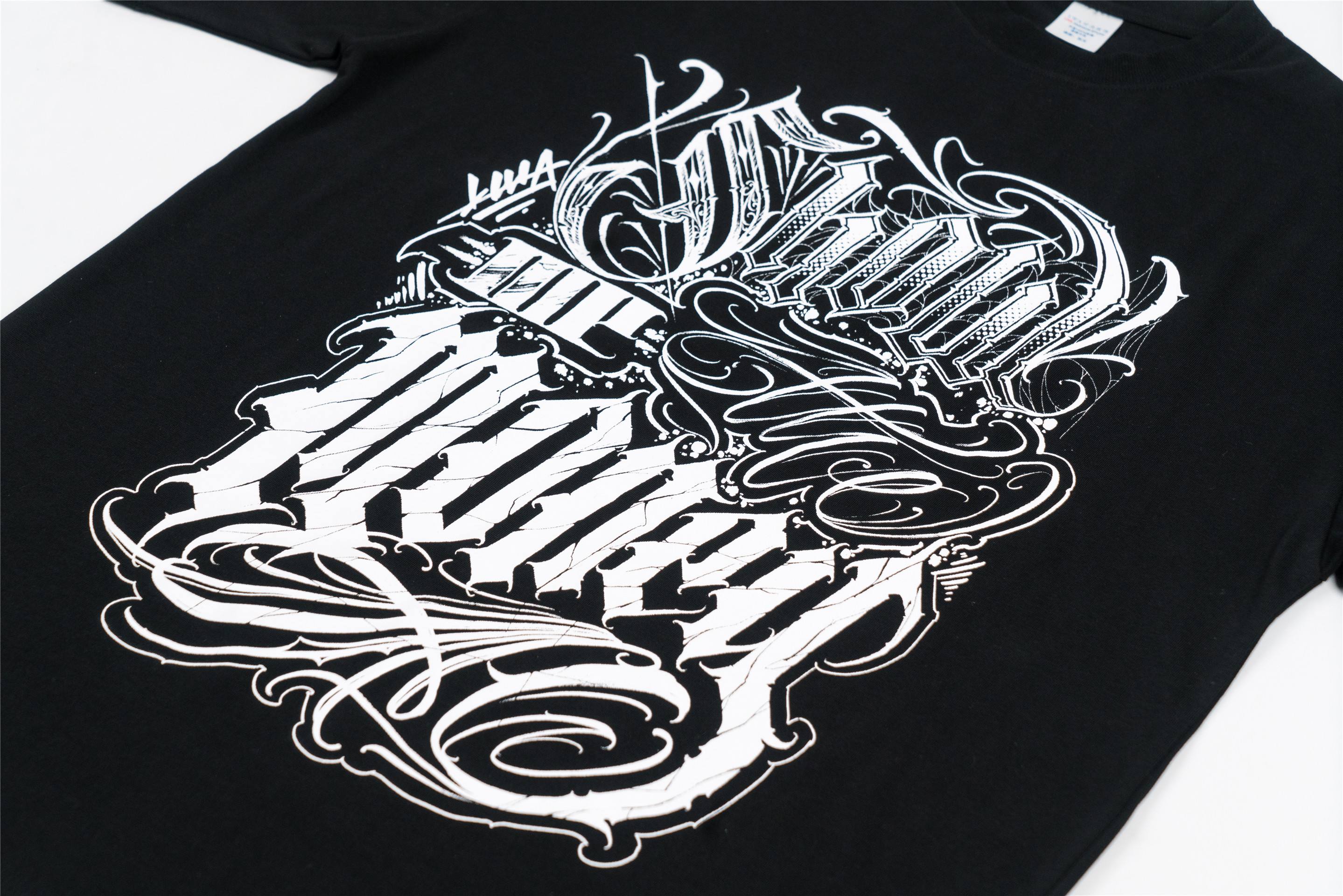Understanding and choosing appropriate clothing fabrics is crucial to clothing design, which directly affects the comfort, texture and functionality of clothing. The following is an understanding of the characteristics and applicable scenarios of different clothing fabrics:
1. Cotton: Cotton fabric is one of the most common fabrics and has good breathability. Sexy and hygroscopic, very comfortable. It is suitable for making daily casual wear, summer clothing and underwear, etc., especially suitable for tropical and humid climates.
2. Linen fabric: Linen fabric is famous for its lightness, breathability, natural texture and coolness, and is suitable for summer clothing. However, linen fabrics wrinkle easily and require special care and ironing.
3. Silk: Silk is a high-grade fabric with luster, softness and comfort. It is suitable for making evening dresses, haute couture clothing and high-end women’s clothing, but pay attention to dry cleaning and maintenance.
4. Wool: Wool fabric has good warmth retention, softness and comfort, and also has certain elasticity and anti-wrinkle properties. Wool is suitable for making autumn and winter clothing, such as coats, suits, etc.
5. Nylon and polyester: Nylon and polyester are synthetic fabrics that are durable, wrinkle-resistant and quick-drying. They are suitable for making sportswear, outdoor clothing and swimwear, etc., and can provide good breathability and stretchability.
6. Leather: Leather is a high-grade and durable material that is often used to make coats, shoes, and handbags. Different types of leather (such as sheepskin, cowhide, crocodile skin) have different textures and characteristics, and the selection needs to be determined based on design needs and budget.
7. Mesh and lace: Mesh and lace fabrics are often used to make base fabrics or for decoration. They have a transparent and light effect and are suitable for making underwear. , dresses and some women’s fashion clothing.
8. Other blended fabrics: There are many other common blended fabrics, such as polyester-cotton, polyester-cotton, etc., which combine the advantages of different fibers and provide more choices. These fabrics have their own characteristics and are suitable for different clothing types and seasons.
Each fabric has its own unique characteristics and applicable scenarios. Understanding the characteristics of different fabrics can help designers choose appropriate fabrics to realize their design concepts. , and ensure the comfort and quality of the clothing.









